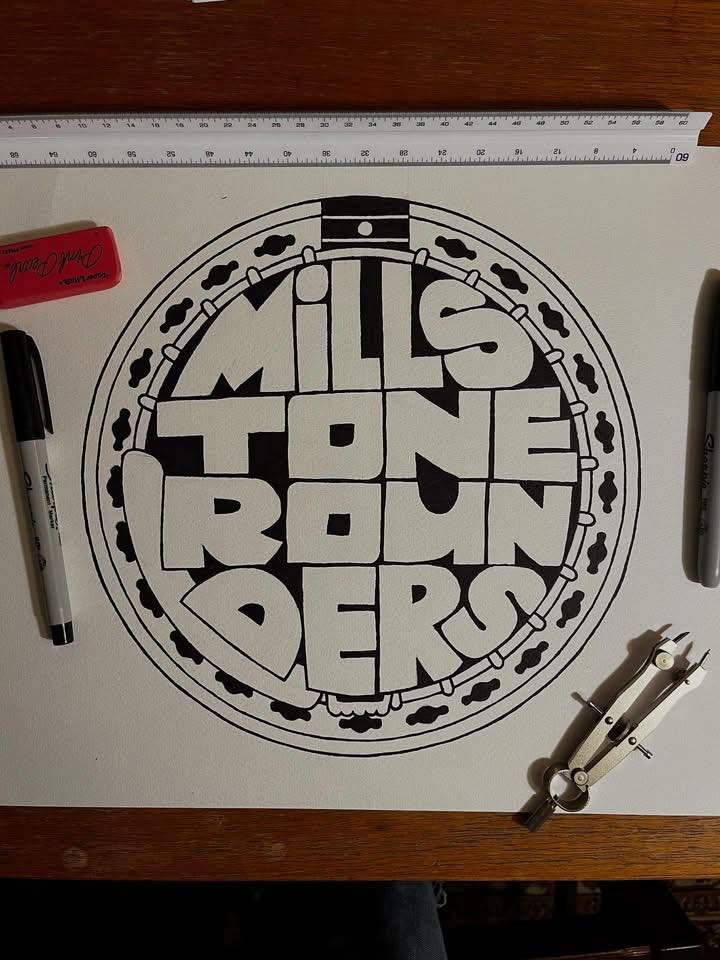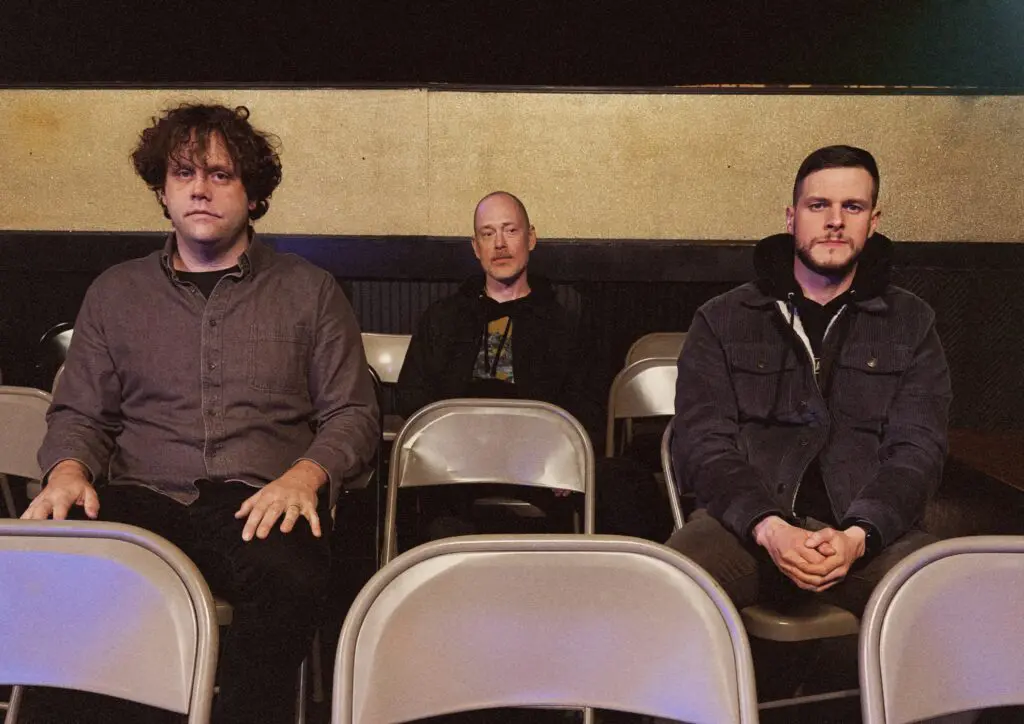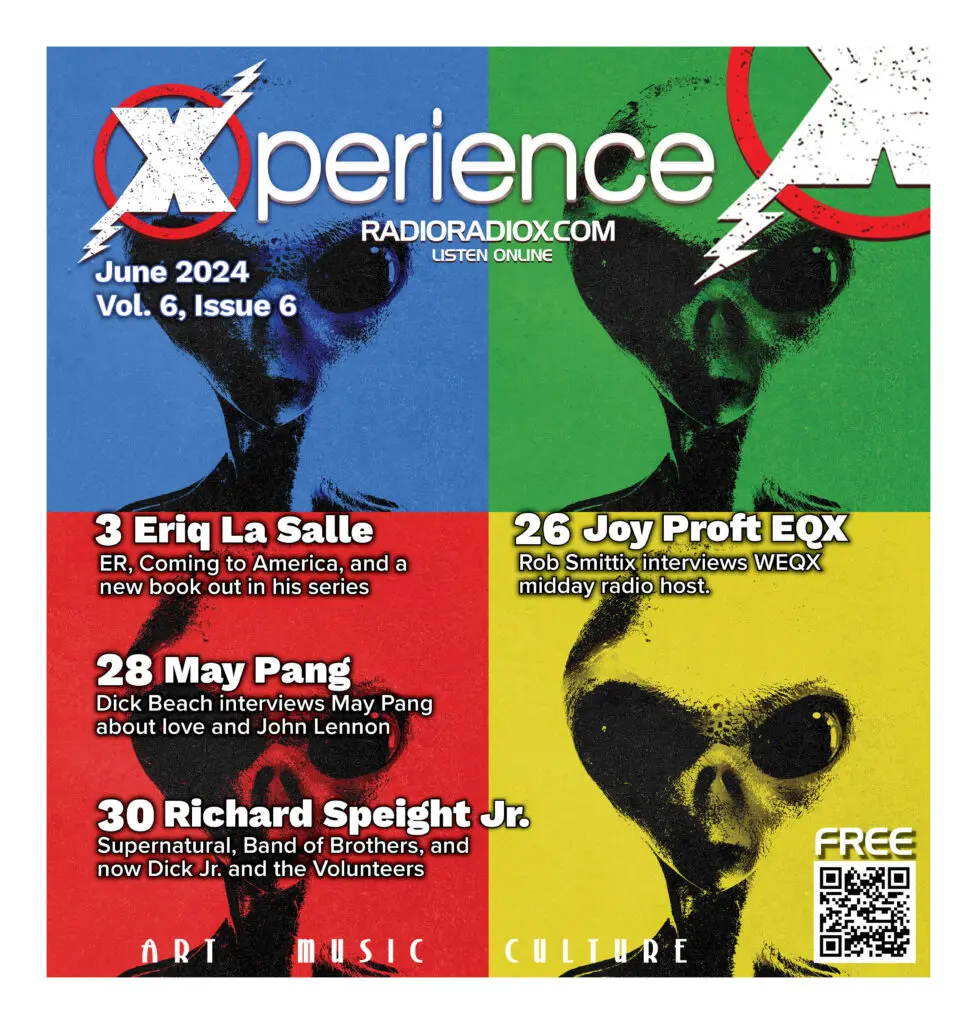Eriq La Salle – An Xperience Interview
By Staff on June 1, 2024
Eriq La Salle – An Xperience Interview – by Liam Sweeny.
You may know Eriq La Salle as Dr. Benton from the hit television series ER, or as Daryl Jenks in the movie Coming to America, or many other things, but now he‘s a writer, and we scored a chat.
RRX: You have a new book out and you’ve published other books. It sounds like “Laws of Annihilation” is the one that I saw that was in 2023. I was looking for another one. Is there one for 2024?
EL: No, I’m not releasing one in 2024. But I will be releasing the final two in the series in 2025. Well, that’s the game plan right now. We know how those things change. But I didn’t really want to. I normally release around October, and I didn’t want to compete with the whole election, you know. So “Laws of Annihilation,” which just released in October, is Book Three. I’m working on Books Four and Five. And so in 2025, we’ll probably release those. Right now, it’s scheduled to release those six months apart. So they’ll be sort of back-to-back.
RRX: Okay now, um, tell us a little bit about the whole series. Because that series is great. It’s a whole universe—tell us about the universe.
EL: Coming from what I do, you know—being in film and television, I let a lot of films and great shows sort of influence the story or the writing. “Laws of Depravity,” you would say, is heavily influenced by the movie “Seven” with Brad Pitt and Morgan Freeman. The structure is you have New York City’s best detectives, best closers. They only work on high-profile serial killer cases. And one is Irish Italian American. The other is African American. So similar to the structure of, you know, “Seven,” except they’re both the same age, or close to. As they’re pursuing the antagonists, they’re joined by a female Jewish FBI agent. So it becomes the three of them in pursuit.
In the first book, they’re chasing a serial killer who comes out every 10 years. He kills 12 clergymen from different denominations. So, Catholics, Baptists, you know, Presbyterians—he kills two of each, and he murders them in the same fashion that Jesus’ disciples were killed. Because Jesus’ disciples—a lot of people don’t know they were all brutally murdered. They were beheaded. They were hanged. They were crucified upside down. They were torn limb from limb. So this serial killer is emulating the deaths of Jesus’ disciples, and he’s preaching a sermon. This is another influence of the movie “Seven,” because the Kevin Spacey character was ultimately preaching the sermon of the seven deadly sins. So very similar in that one.
The second book is called “Laws of Wrath.” That focuses on our African American protagonist, whose father was a notorious gangster turned legitimate businessman. But back in the day, he did some really, really bad things. So that’s sort of loosely based on “The Godfather.” Just a hint, not the whole story. But there’s a little influence there.
And then the third book, “Laws of Annihilation,” is not necessarily drawn from, it’s just pieces. Like for instance, even though it’s a completely different genre, Spike Lee’s “Do the Right Thing” takes place on the hottest day. And then there’s racial tension in this community for “Laws of Annihilation.” I’ve made the entire city basically a powder keg for racial discourse. And so, you know, there’s a lot of tension. Someone is killing African Americans and Jewish people. We open up with two rabbis being brutally murdered. Our agent, Janet Macklin, who’s heading up the investigation along with our two protagonists, she’s part Jewish. So it hits her in a very personal way. All of these stories are very personal to the protagonist. In the first one, with the priests being killed, you come to find out that a lot of those priests were pedophiles. They were sinners, they were not, you know, honorable men of the cloth. One of our protagonists was an altar boy growing up, who was molested. So he has a very personal stake. In the second book, as we focus on the African American protagonist, some of the crimes that his father has committed in the past come back to haunt him. Someone is trying to kill his father. And so he has a personal interest in that. And then in a third book, of course, you have a half-Jewish FBI agent who is dealing with anti-Semitic crimes. So of course, she’s affected.
All of them are very much integrated into each book. But each one gets a slightly different point of view that affects them more personally. So that’s how we go through the series. Yeah.
RRX: Let’s just, you know, talk about the elephant in the room. You were on “ER”— the biggest show on television—for seven years and change. “Coming to America” was just this amazing film that influenced all of us. You were the villain in that, in a way. So when you’re writing a book, it’s weird, because you have had people writing and you’ve been playing out their characters that they’ve been writing. So can you explain a little bit how it’s different between having people write your character that you had to physically play, and writing characters and creating your own world and fiction?
EL: Well yeah, I mean look, as an actor, you show up and you have material. That’s whether you’re doing a play or a TV show, that material is written. And then it’s your job as the actor to do the best interpretation of what you feel the writer is going for; what the director wants. So there’s that, obviously. With writing, you’re creating a world. You’re creating characters. You’re giving life to these concepts, these ideas, and you keep breathing life into them. So there’s a very different dynamic. When you’re an actor, by the time you show up, the character already has life, even if that life is just on the page. When you’re writing, you start with a blank page.
The similarities are when you get to the point that these are three-dimensional living breathing characters that have really come to life. No matter whether it was, “Oh, here’s a script,” and then you’re on stage and it’s just like, “Wow, we got the character.” There’s always this moment for an artist that feels very triumphant and victorious when that happens. So those are similarities. But obviously, it’s harder creating not just one character. That’s the other difference: as an actor, you mainly focus on one character. As a writer, you’re equally focused on all the characters. So like, there are similarities, and there are differences.
RRX: So I do want to ask one other acting question. One acting question for “ER” and “Coming to America.” Can you tell me one unexpected thing about each of those? One thing that people who saw them wouldn’t have known. Peculiar little things— sounds, trivia.
EL: With, um, what people often say is sort of the iconic move that my character does when he does “the punch.” Originally, he was supposed to jump up in the air and, you know, do this thing. And I just told the director, “My character would never do that, he doesn’t express himself that way.” And he said, “Well, how would he? Just show me.” So I used to compete in martial arts when I was a lot younger. The move was very similar to one of the moves that we would do in tae kwon do. I thought that that was much more in keeping with his character. The goal is to show his jubilation over the fact that he got a pat on the back for saving someone’s life, even though he wasn’t supposed to do the surgery. They didn’t think he was qualified to do this surgery. And so the goal is to show the celebration.
I was fortunate, you know, we had a really good director, Rod Holcomb, who just passed away within the last few months. He was able to just say, “Okay, fine, but show me.” A lot of times, that’s all you want. I call it like the Mary Tyler Moore moment where she, you know, throws her hat up in the air and you go, “Not everyone expresses their joy the same way.” And if we’re gonna have this character who is a certain way, let’s honor that. Let’s see a little private moment where he does let himself go, but he has let himself go still within the framework of his character.
That’s how we ended up, and then that became, like I said, what many people think of as an iconic moment. So that was a cool thing.
RRX: Okay, so how about one from “Coming to America?” Because I watch that movie every time it comes on. Every time I see it, I gotta watch that.
EL: So I didn’t actually throw the milkshake on Eddie. John Landis (the director) did. Yeah, I think he took a little joy in doing it. So that’s something that a lot of people don’t know.
RRX: I always end every interview with “You answer the question that I did not ask. The question you think I should ask.” I did not ask it, now is your time to answer it.
EL: Yeah, I just think the direction of where I’d like this series to go is, obviously, turning them all into, you know, bestsellers. And the great thing about doing a series is, people can come in and discover the second book, and then it helps the sales of the first book, and vice versa. So that’s really cool. But obviously, our long-term goal, or the overall goal, is to turn the books into either a movie series or a streaming series. Like I said, I want to end it with five books. Five seasons. I’m not saying that there couldn’t be more, but five seasons, in general, when you’re pitching shows, they love to know that you have at least five years material. So having five books obviously shows that.
So that’s the big goal. I said it— two bestsellers that then turn into a series, and then I get to, you know, write/direct/produce. All the things I love doing. I may or may not take a smaller role and stuff. That’s the goal. Since the conception of the series, that’s been the goal, and it just gets stronger and stronger with each book.





 RadioRadioX
RadioRadioX